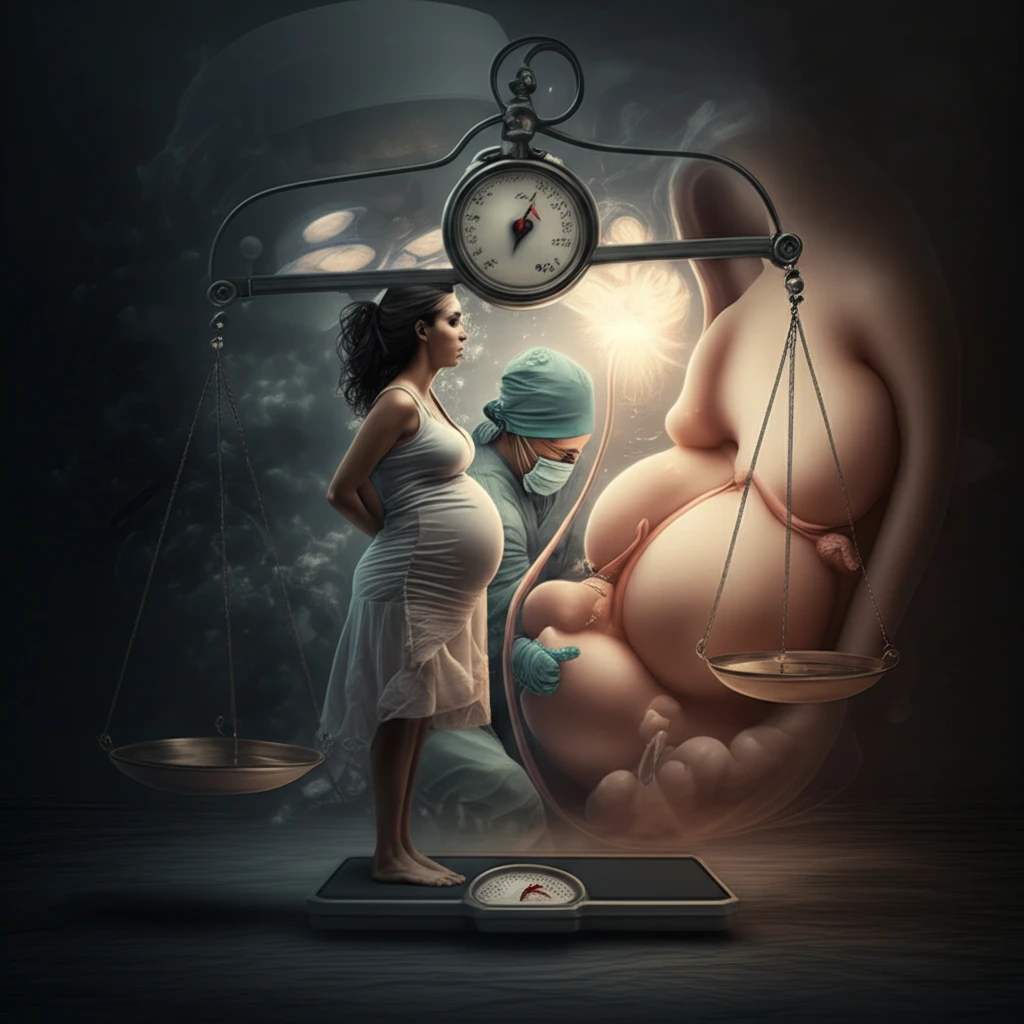
Cesarean vs. Vaginal Delivery: Unpacking the Trends and What They Mean for You
"Explore how the rise in C-section rates, influenced by financing and other factors, is reshaping childbirth in Brazil and what this means for expectant parents."
For many expecting parents, the birth of their child is one of the most important and anticipated moments in their lives. While some envision a natural, vaginal birth, others may consider a Cesarean section, or C-section. Globally, medical experts recommend that C-sections account for no more than 10–15% of births. However, in many countries, this number is much higher.
In Brazil, C-section rates have been climbing for years. In 2000, 38% of births were Cesarean; by 2011, this had risen to 54%. This increase has sparked debate and research into the factors influencing the choice between vaginal delivery and C-section, including the role of healthcare financing.
A study published in the Revista Brasileira de Ginecologia e Obstetrícia examined trends in delivery methods in Maringá, Paraná, Brazil, between 2002 and 2012. The research analyzes delivery methods by financing source (public vs. private) to understand better the factors influencing C-section rates. These findings offer valuable insights for expectant parents in Brazil and anyone interested in global childbirth trends.
What Factors are Driving the Increase in C-Sections?

The study examined all births in Maringá between 2002 and 2012, obtaining data from Brazil’s Information System on Live Births (SINASC) and Hospital Information System of the Unified Health System (SIH-SUS). The researchers looked at both vaginal births and C-sections, categorized by whether they were financed by the public health system (SUS) or private sources.
- C-section Rates: C-section rates in the non-SUS (private) system consistently exceeded 90%.
- Trends: There was a clear upward trend in C-section rates for both SUS and non-SUS births.
- Vaginal Births: Conversely, vaginal birth rates declined in both the public and private sectors.
What Does This Mean for Expecting Parents?
The study underscores the complex interplay of factors influencing childbirth trends in Brazil. While C-sections can be medically necessary and life-saving, the high rates raise concerns about potential overuse and the associated risks. For expecting parents, these findings highlight the importance of informed decision-making. By understanding the trends, risks, and benefits of both vaginal and Cesarean delivery, parents can work with their healthcare providers to make the best choice for their unique circumstances.
